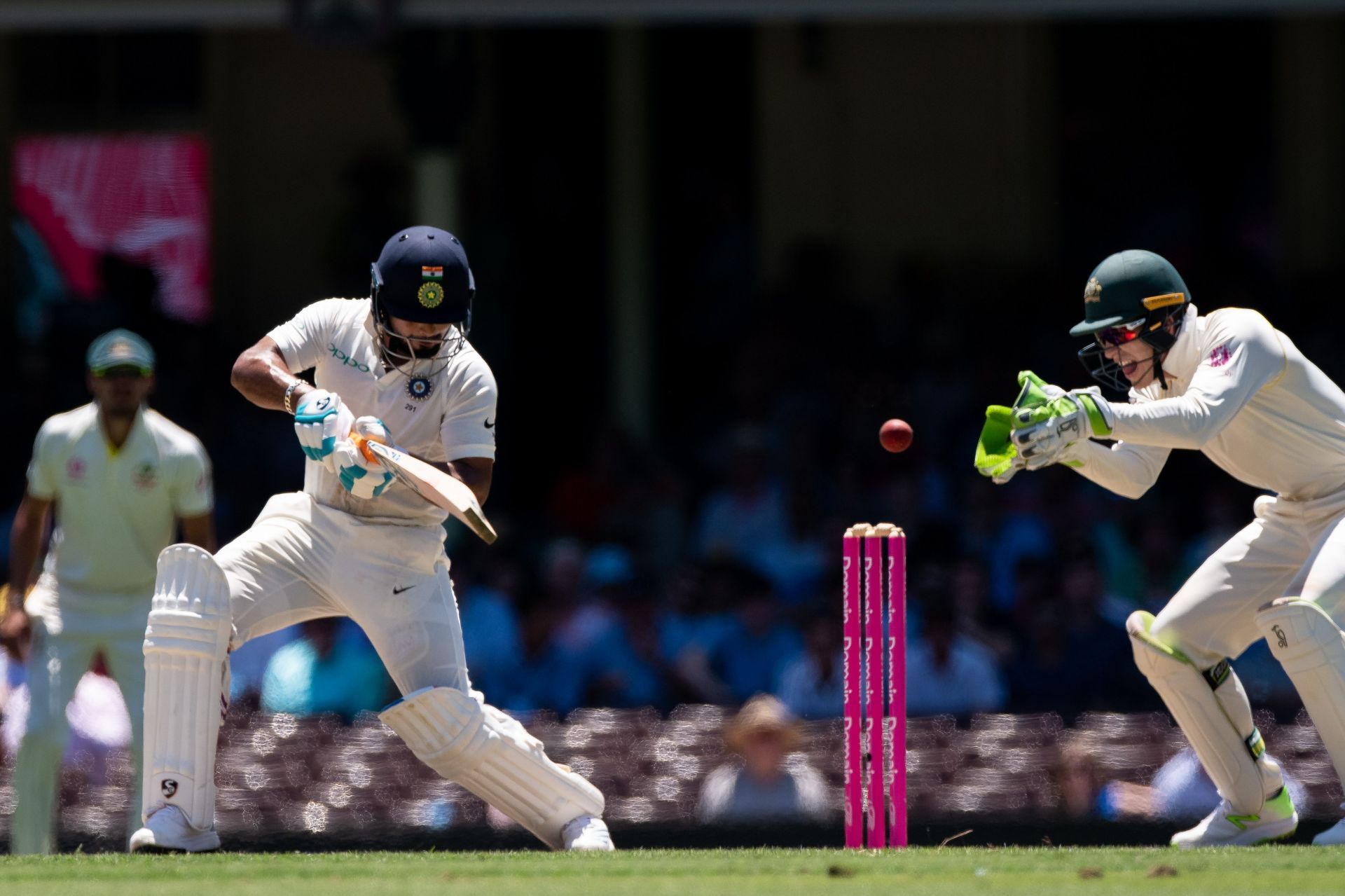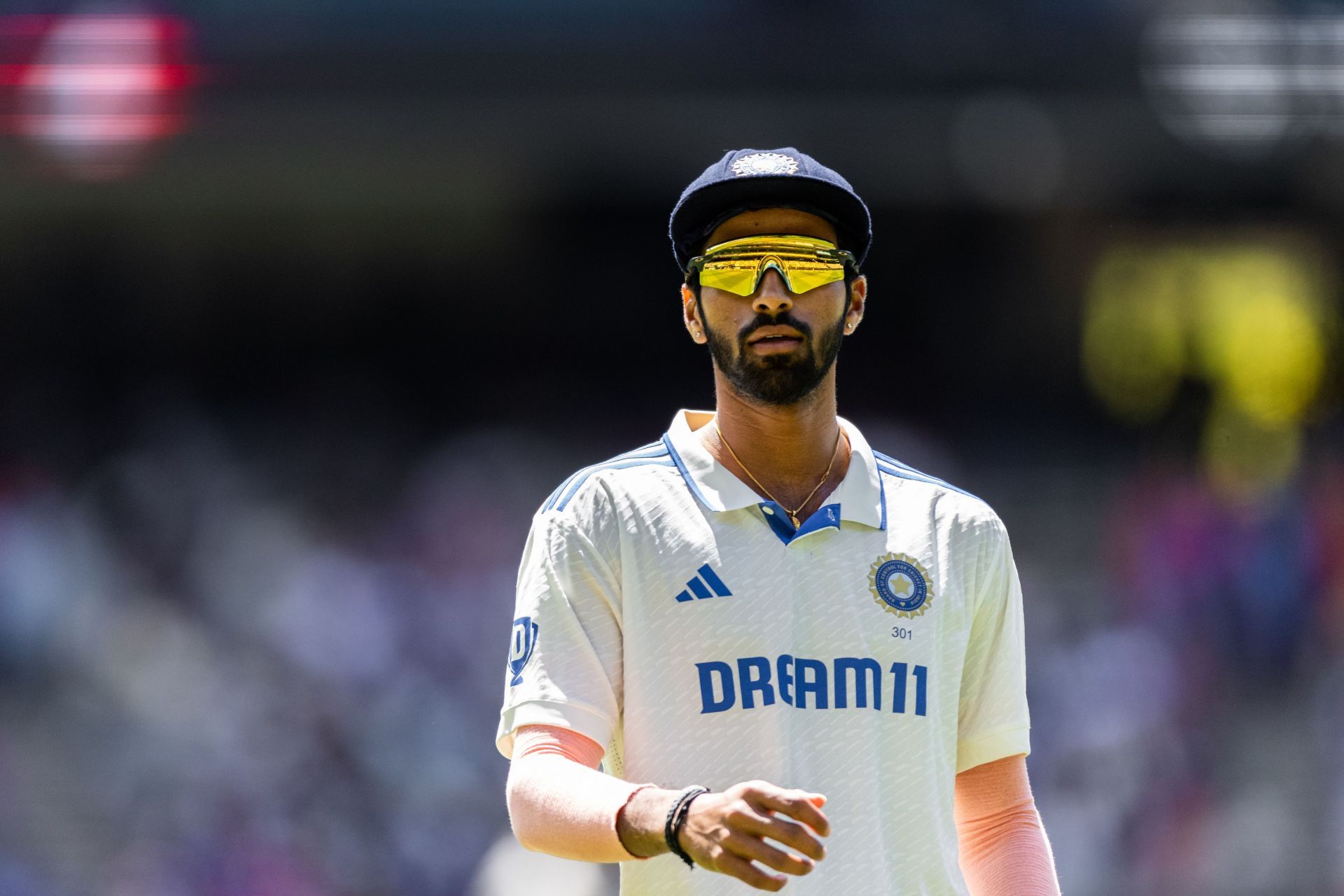
Leg and Off: Did India make the right decision by deciding to bat first after winning the toss in 5th BGT 2024-25 Test?
Team India entered the fifth and final Test at the Sydney Cricket Ground (SCG) on the back of a disheartening defeat in Melbourne that put them 1-2 behind in the best-of-five series. Faced with a must-win situation to retain the Border-Gavaskar Trophy, skipper Jasprit Bumrah won the toss and elected to bat first on a surprisingly greenish SCG track.
Unfortunately for the visitors, their top-order batting woes continued as they were reduced to 57/3 at Lunch on Day 1, bringing their decision to bat first into question. Things continued to go downhill for the Indians as they were eventually bowled out for 185 in the 73rd over to stare down the barrel of a third defeat in their last four outings.
The convenient hindsight analysis from experts and fans began in full force during the innings break as to whether India erred with their decision to bat first on a challenging SCG track. While it is dangerous to come to any conclusions until both teams have batted at least once, history and other factors allow us to analyze the possible rationale behind India's decision and if the pros outweigh the cons.
On that note, let us look at some of the major parameters to figure out whether Bumrah and India were right to win the toss and bat first in the final Border-Gavaskar Trophy Test.
#1 Series circumstances

While the focus often shifts to historical data when analyzing toss or selection decisions, one must first look at the circumstances of that particular series. Considering the Sydney Test is the final of five Tests, the first four Tests offer sufficient trends about what has and has not worked for both teams.
It is worth remembering that India, led by Bumrah, had a near-carbon copy of Day 1 of the ongoing Test in the series opener in Perth. After winning the toss and batting first on a spicy track, they folded for a mere 150 in the first innings.
Similar questions were asked regarding India's decision to bat first until the rest of the match transpired and the outcome justified the same. India shut Australia for only 104 in their first innings and eventually won by a massive 295 runs.
The day-night match in Adelaide followed before comparable day games in Brisbane and Melbourne saw the Aussies bat first and pile on 400+ totals. Despite the Brisbane outing ending in a draw due to several rain interruptions, the hosts dominated the entire match.
At Melbourne, they went a step further and demolished India by 184 runs on the back of a huge first-innings total. The quick turnaround between the Melbourne and Sydney Tests also possibly and rightly factored into India's decision to bat first.
The Aussie bowlers toiled hard on the final day to pick up the 10 Indian wickets, resulting in only a three-day turnaround for the bowlers to be back at it again. For any fatigue or fitness-related after-effects to be exploited, India had to bat first in the ongoing encounter in Sydney.
Australia have also historically enjoyed batting first and setting up Test wins and taking that option away from them might have played a role in India batting first.
Verdict: Series history, quick turnaround from Melbourne and Sydney and Australia's tendencies make India's decision to bat first the right call.
#2 Recent SCG history screams 'Bat-first'

Despite the contrasting conditions at the SCG in the ongoing Test, it is worth looking back at the recent history overall and for Team India at the venue. The last three Tests India have played in Sydney all ended in draws but the side batting first dominated each time.
In 2015, the hosts amassed 572/7 declared in their first innings to put India on the backfoot throughout the contest. It required India to buckle down in both innings to cling on to a draw.
It was India's turn to torment the Aussie bowlers in 2019 as they scored an incredible 622/7 in their first innings. The bowlers then dismantled Australia for only 300 in their batting essay before rain intervened and forced the game to end in a draw.
The trends were similar in the latest India-Australia Test in Sydney in 2021, with the home side batting first and scoring 338 in their first innings. They bowled India out for just 244 to capture a valuable 94-run first innings lead.
Ultimately, the game finished in a draw with India batting out of their skins on the final day.
Even the historical data over the past decade backs India's decision to bat first as the side winning the toss has always done the same in the 10 previous red-ball matches. While six of those Tests have ended in a draw, the other four results were split between the team batting first and second.
Nevertheless, it is crystal clear that the 'Win the toss and bat first' mantra has been the way to go at the SCG and India cannot be blamed for following the trend at the venue.
Verdict: India's decision to bat first is in line with their and other teams' recent history at the venue.
#3 India's team combination

India's playing XI with three specialist pace-bowling and two spin-bowling options must have also played a hand in them batting first in the ongoing Sydney Test. While the fear of a long tail may have forced the second spinner option instead of a fourth pacer, batting first was a non-negotiable once the construct of the team was decided.
For the two spinners, Ravindra Jadeja and Washington Sundar, to possibly play a decisive role, India had to ensure they bowled last, which in turn meant they had to bat first after winning the toss.
There is also a case to be made that bowling remains the strong suit of both teams in the series. Hence, Bumrah may have wanted the final and arguably the most important innings of this make-or-break outing to be in his and his bowlers' hands, rather than the largely out-of-form batters.
Verdict: India's team combination and preference to bowl last for several reasons make it a justifiable decision to bat first.
Conclusion
Any decision should only be analyzed based on the rationale and deciding parameters rather than waiting for the outcome and performing hindsight analysis. Given that, Team India's decision to bat first after winning the toss in the ongoing Sydney Test is undeniably justified based on the above-mentioned reasons.
Final Verdict: India made the right decision to bat first after winning the toss, irrespective of the outcome.